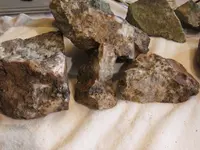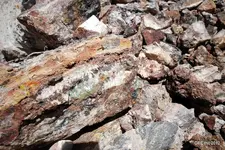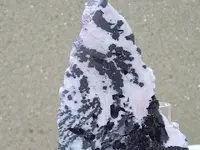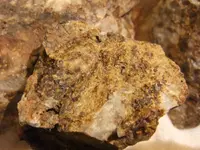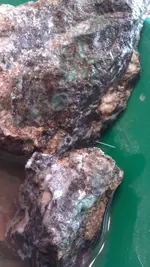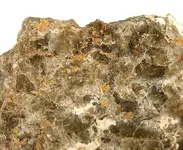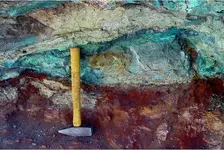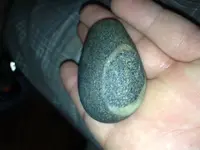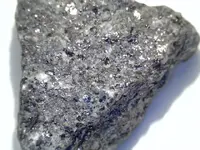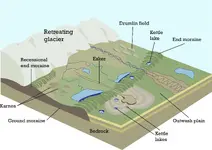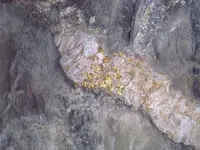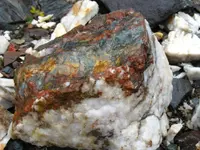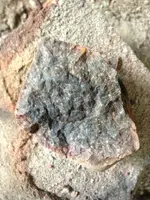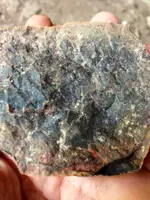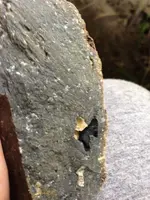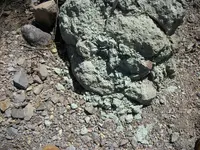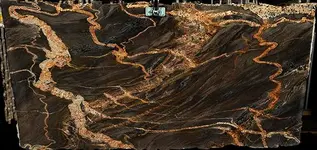Caska what you have is The kaolin sepentine group kaolinite, dickite, nacrite and halloysite, mixed with Serpentite group chrysotile, lizardite, berthierine
Talc pyrophyllite group Pyrophyllite, Infused with Mica group muscovite, paragonite, roscoelite, caladonite, illite, phengite, serecite, biotite, phlogopite
Smectite, And vermiculite group montmorillonite, beidellite, nontronite, saponite, stevensite, vermiculite Including Chlorite group chlorite, clinichlore, chamosite, nimite, pennantite.
To tell ;you what the composite minerals are in Laymens terms.. you have a high copper ore with a massive infusion of minerals Iron to Gold, Titanium Talc, and many others, With a Clay base. Clay makes it a nightmare to process. Hydrothermal alteration results from the interaction of hot waters with rocks to form clay minerals. This is not uncommon in epithermal deposits and results in clays persisting at unexpected depths. The phenomena of hard quartz rock with interspersed clay (5 to 15% clay) as a result of hydro-thermal fluids, is quite deceptive with regards to how it will process. It looks like a hard rock but the contained clay will cause processing problems such as poor settling and filtering.IE: The mineral processing problems are not unique to one mineral type. They cover gold, copper, uranium, lead zinc, iron ores and nickel projects. Clays have a major impact on various unit operations including thickening and filtration to such an extent that these unit operations cannot be used on some ores.
I get massive amounts of copper clay in my ores at times and it is a nightmare to process... but the yields have been impressive. Yes you are in a good area.. but i would double think the "get gold quick" thought... it will take alot to get it out see:
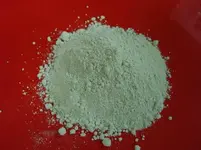
and check out
High clay ores ? a mineral processing nightmare ? Australian Journal of Mining




